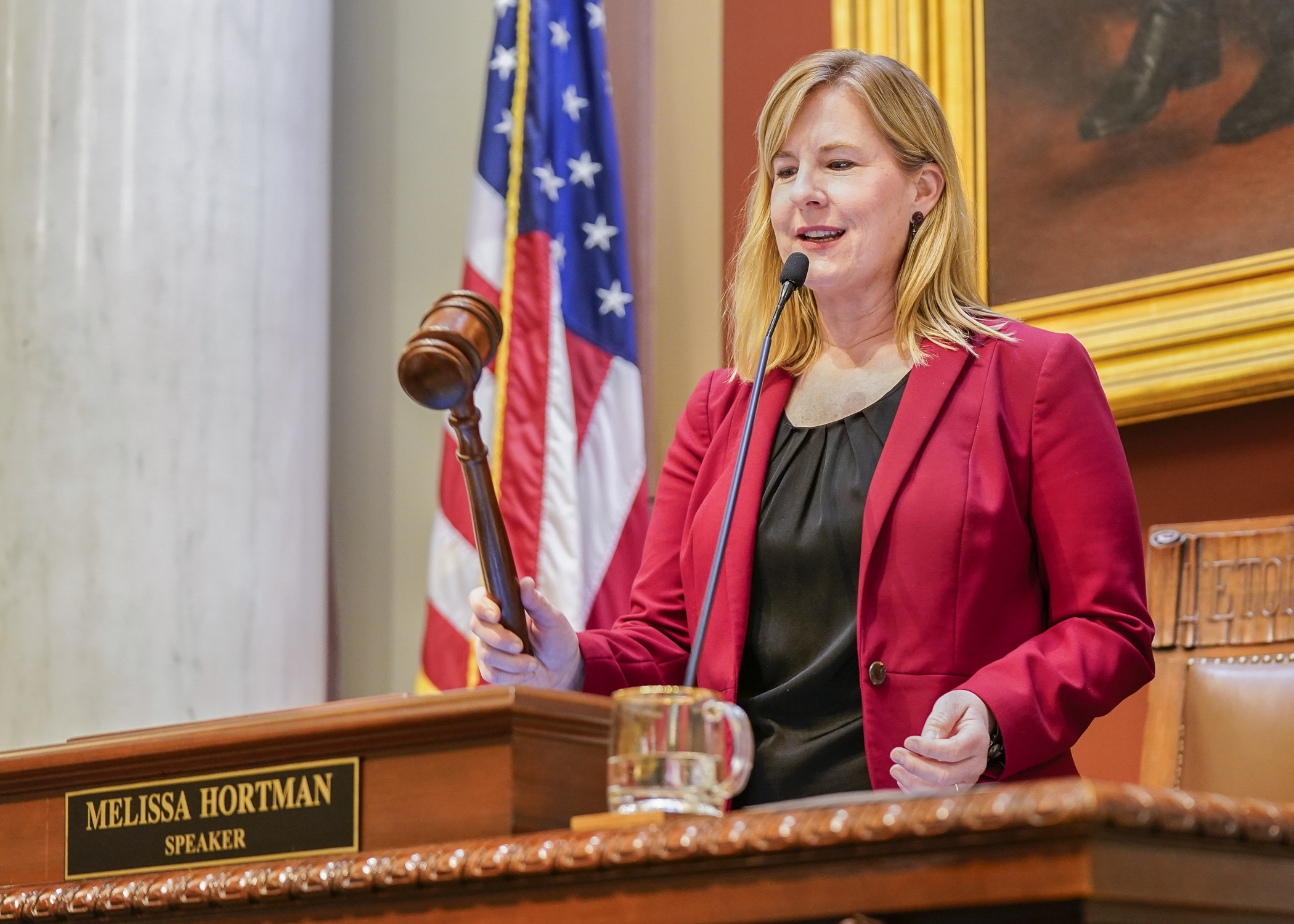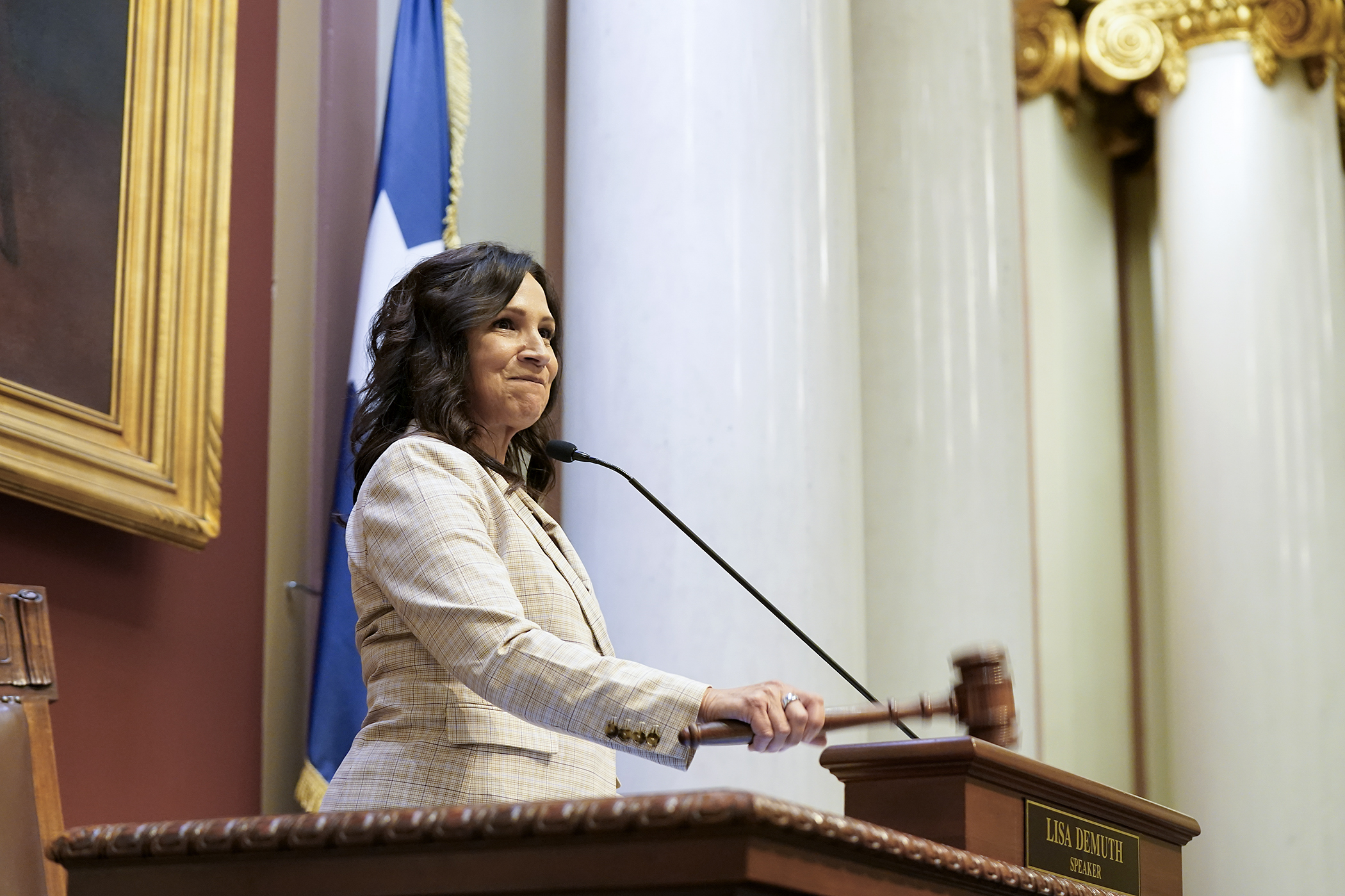School districts could receive a boost in general education revenue

School districts rely on general education revenue from the state to pay for necessities like staff salaries and supplies.
Over the past 15 years, that funding hasn’t kept pace with inflation and it’s resulting in staff reductions, larger class sizes and fewer elective class offerings, district representatives told the House Education Finance Division Wednesday.
Aiming to change that, HF882, sponsored by Rep. Julie Sandstede (DFL-Hibbing), would increase the general education basic formula allowance for school districts by 3 percent per year for Fiscal Years 2020 and 2021. It would also link the formula to the rate of inflation beginning in Fiscal Year 2022.
“The formula increase is what we have heard, across the board, is our No. 1 tool for school districts … to meet the unique needs of the individual schools,” Sandstede said.
Currently, each school receives $6,312 per adjusted pupil unit, this would increase that amount by $189 in Fiscal Year 2020 and $195 in Fiscal Year 2021.
The bill was held over by the division for possible omnibus bill inclusion. The companion, SF1028, sponsored by Sen. Steve Cwodzinski (DFL-Eden Prairie), awaits action by the Senate E-12 Finance and Policy Committee.
The ongoing lack of funding has left schools scrambling for resources, explained Michael McKenzie, a teacher and president of the White Bear Lake Education Association.
“Ninety-three percent of Minnesota’s 330 school districts receive less per-pupil aid in real dollars in 2019 than they did in 2003,” he said. “They basically reduce schools to what’s required, rather than what’s best.”
McKenzie and other advocates said the proposal would not only help districts meet their needs, but would also improve funding predictability and stability, which is needed to plan programming and make staffing decisions.
Jim Bartholomew, executive policy director for the Minnesota Business Partnership, opposed the provision linking the formula to inflation, saying it could limit the ability of future legislatures to balance other spending priorities, particularly in the event of a recession.
Sandstede argued that tying the formula to inflation would ensure schools continue to receive adequate funding regardless of the state of the economy.
“Our schools remain intact, our schools remain strong and that’s what we need across our state in public education,” she said. “It is bold and it is ambitious but I think we need to do it now.”
Related Articles
Search Session Daily
Advanced Search OptionsPriority Dailies
Speaker Emerita Melissa Hortman, husband killed in attack
By HPIS Staff House Speaker Emerita Melissa Hortman (DFL-Brooklyn Park) and her husband, Mark, were fatally shot in their home early Saturday morning.
Gov. Tim Walz announced the news dur...
House Speaker Emerita Melissa Hortman (DFL-Brooklyn Park) and her husband, Mark, were fatally shot in their home early Saturday morning.
Gov. Tim Walz announced the news dur...
Lawmakers deliver budget bills to governor's desk in one-day special session
By Mike Cook About that talk of needing all 21 hours left in a legislative day to complete a special session?
House members were more than up to the challenge Monday. Beginning at 10 a.m...
About that talk of needing all 21 hours left in a legislative day to complete a special session?
House members were more than up to the challenge Monday. Beginning at 10 a.m...